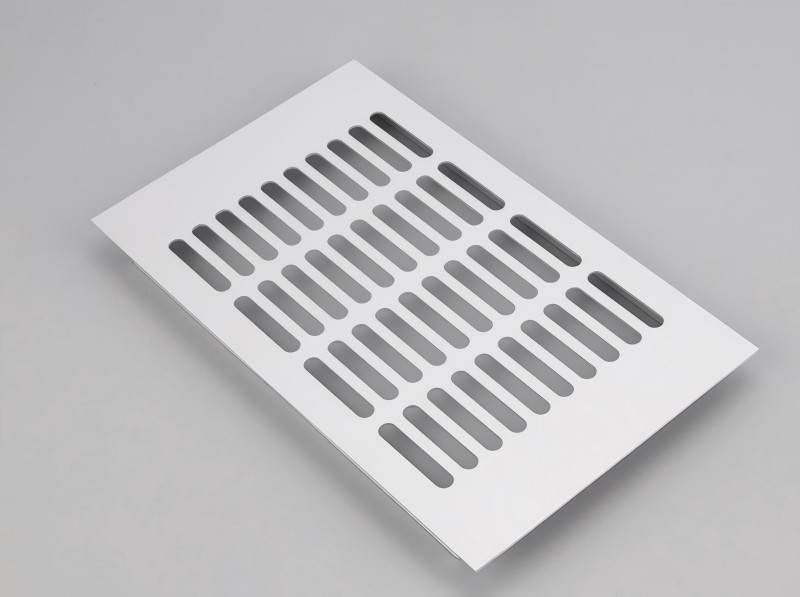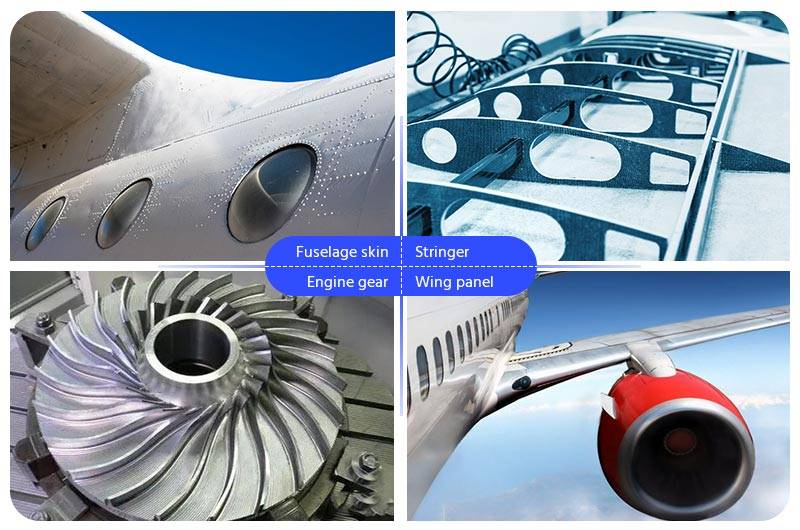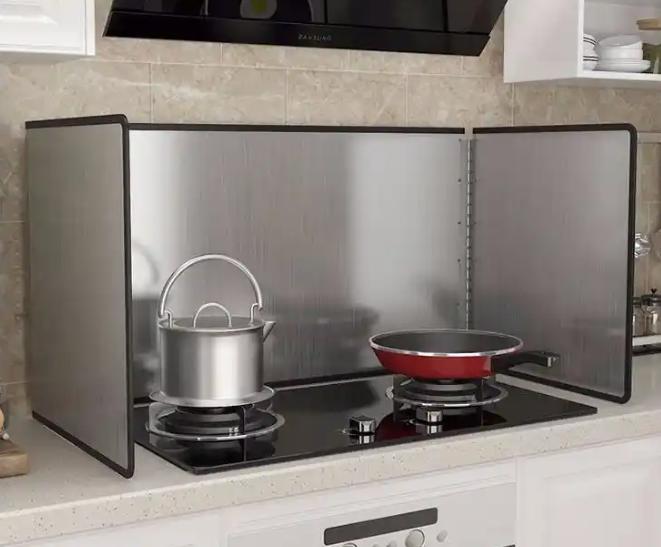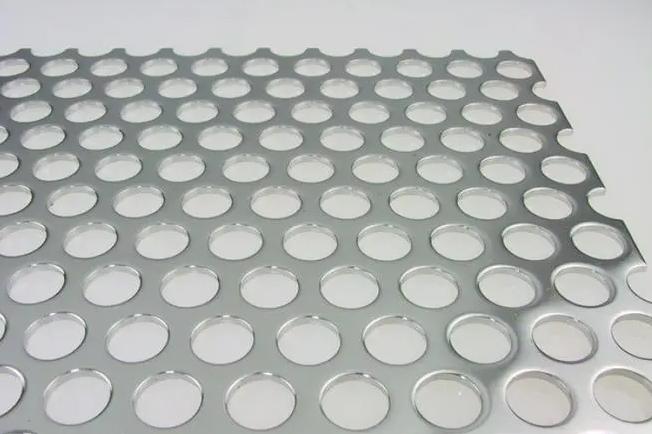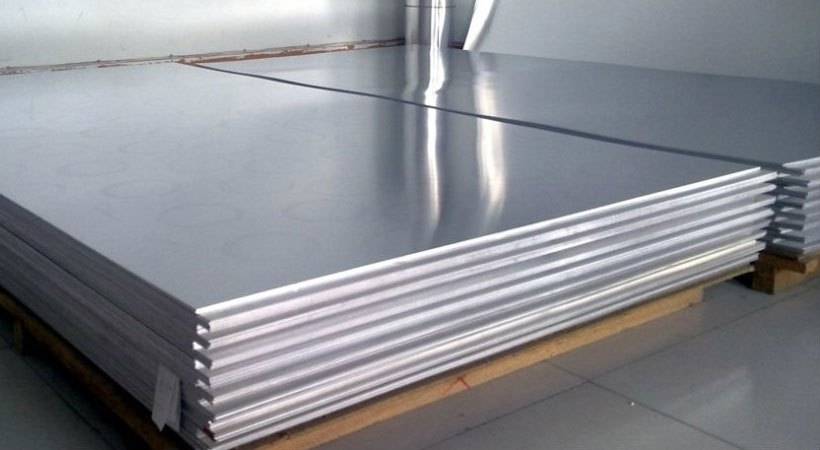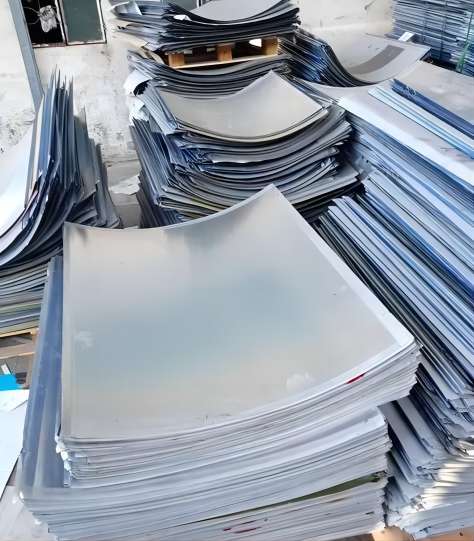When it comes to equipping your kitchen with the best cookware, two materials often dominate the choices: aluminum and stainless steel. Each has its unique characteristics and advantages. In this article, we’ll delve into the key characteristics of aluminum compared to stainless steel cookware and guide you on choosing the right aluminum cookware.
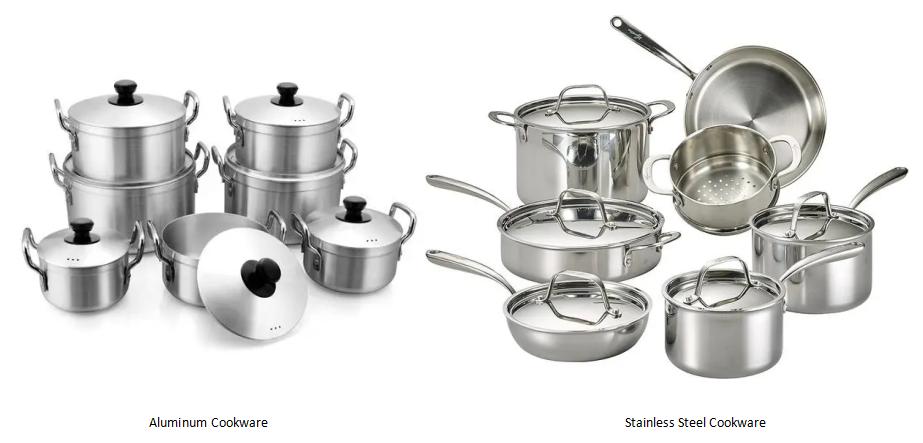
4 Aluminum Characteristics Compared with Stainless Steel Cookware
1. Heat Conductivity in Aluminum vs. Stainless Steel Cookware
One of the primary distinctions between aluminum and stainless steel cookware is their heat conductivity. Aluminum is an exceptional conductor of heat, heating up rapidly and distributing heat evenly across the cooking surface. This property allows for precise temperature control and consistent cooking results. Stainless steel, on the other hand, isn’t as efficient in heat conductivity, leading to potential hot spots and uneven cooking if not used correctly.
2. Durability and Longevity in Aluminum vs. Stainless Steel Cookware
Stainless steel cookware is renowned for its durability and resistance to corrosion, making it a long-lasting investment. Aluminum cookware, while generally durable, is more susceptible to dents, scratches, and warping. However, advancements in manufacturing have produced more robust aluminum cookware options with enhanced durability.
3. Weight and Handling in Aluminum vs. Stainless Steel Cookware
Aluminum cookware is significantly lighter than stainless steel, making it easier to handle in the kitchen. This lighter weight can be advantageous for those with limited physical strength or those who prefer cookware that’s easy to maneuver.
4. Maintenance and Cleaning in Aluminum vs. Stainless Steel Cookware
Stainless steel excels in terms of low maintenance and ease of cleaning. It doesn’t react with acidic foods and is resistant to staining. Aluminum cookware may require a bit more attention, especially when it comes to acidic dishes, but many modern aluminum pans feature nonstick or anodized coatings that simplify cleaning and maintenance.
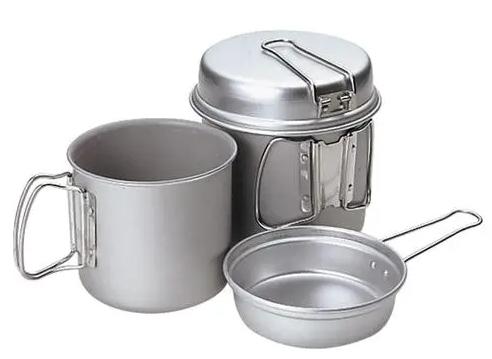
What Grade of Aluminum Used in Aluminum Cookware?
Aluminum cookware is typically made from aluminum alloys rather than pure aluminum. The grade or type of aluminum in cookware can vary, but some common grades include:
- 3xxx Series Aluminum: This series of aluminum alloys includes 3003 and 3004, which are often used in cookware. They are known for their excellent corrosion resistance and good formability. These alloys are relatively soft, making them suitable for items like pots and pans.
- 6xxx Series Aluminum: Alloys in the 6xxx series, such as 6061 and 6063, are often used in the construction of cookware handles, knobs, and other structural components. They are known for their strength, which is beneficial for providing stability to cookware.
- Cast Aluminum Alloys: For cookware that is cast (molded), various aluminum alloys may be used, such as A356, which is commonly used in the casting process. Cast aluminum cookware is known for its thickness and durability.
- Hard-Anodized Aluminum: While not a specific grade of aluminum, hard-anodized aluminum cookware is created through an electrochemical process applied to aluminum, typically using 3xxx series aluminum as a base. This process creates a hard, non-reactive surface that makes the cookware more durable and resistant to scratches and corrosion.
Keep in mind that the specific alloy used can vary from one cookware manufacturer to another. It’s essential to check the product specifications or labels to determine the exact type of aluminum alloy used in a particular piece of cookware. Additionally, some high-end cookware may feature layered designs with different types of materials, such as stainless steel or copper, to enhance heat distribution and durability.
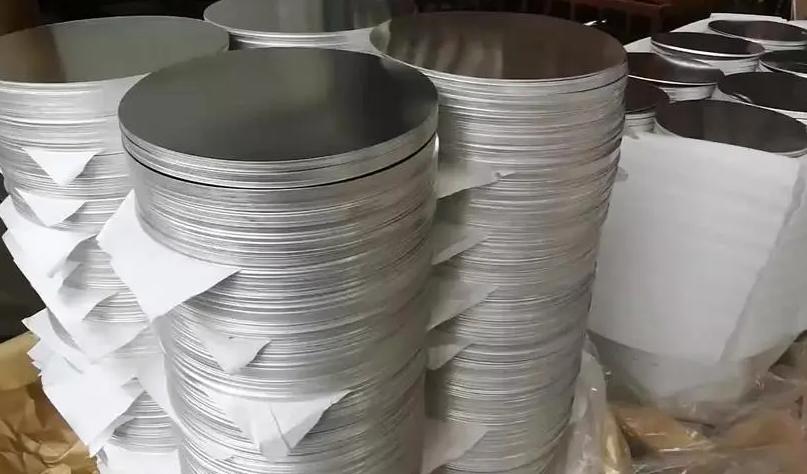
How to Choose the Right Aluminum Cookware?
Selecting the right aluminum cookware for your kitchen involves a few essential considerations:
- Purpose: Determine the type of cooking you’ll be doing. For example, if you love searing meats, look for a heavy-bottomed aluminum skillet. If you frequently make soups and stews, consider an aluminum stockpot.
2. Thickness: Thicker aluminum cookware tends to be more durable and less prone to warping. Check the thickness of the cookware to ensure it meets your needs.
3. Coatings: Decide whether you prefer nonstick or anodized aluminum cookware. Nonstick coatings are excellent for easy food release, while anodized aluminum offers durability and versatility.
4. Brand and Quality: Invest in reputable brands known for producing high-quality aluminum cookware. Read reviews and seek recommendations from trusted sources.
5. Compatibility: Ensure the cookware is compatible with your stovetop. Some aluminum cookware may not work with induction cooktops, so check for compatibility if you have one.
Conclusion
In conclusion, both aluminum and stainless steel cookware have their merits and are suitable for various cooking needs. Understanding their characteristics and choosing the right grade and type of aluminum cookware can make a significant difference in your cooking experience. Consider your cooking style, maintenance preferences, and budget to make an informed decision and equip your kitchen with the best cookware for your needs.







